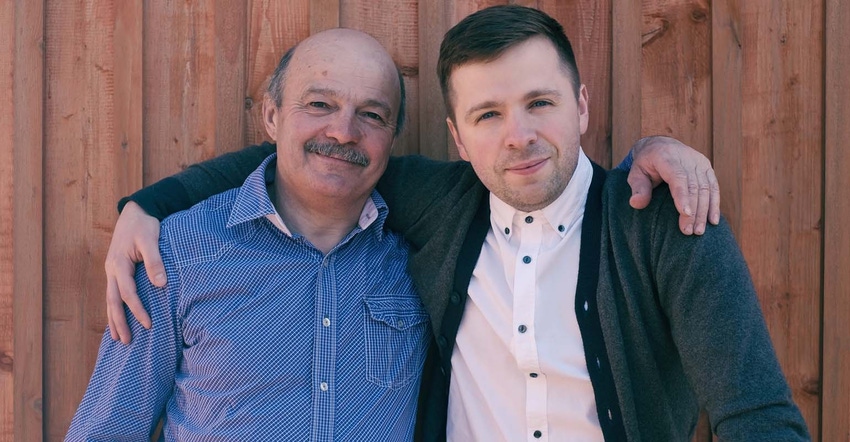
We have all been in critical conversations. The stakes are high and emotions run strong. Opinions vary. Often nothing actually gets decided and everyone limps away, wounded, to fight another day.
This is what Toby and Aaron had been doing for several years as they struggled through their transition plan. You met Toby and Aaron in part one of this series. When Toby stated his facts along with a story about how he reached a conclusion, Aaron was dumbfounded. When it was Aaron’s turn to share his facts and story, Toby was dumbfounded. It turns out each was operating under different assumptions and facts. Why?
Critical conversations are best when emotions are held in check and there is a free flow of conversation between everyone involved. It doesn’t mean everyone agrees, it simply means people are fully engaged in the process. In the past, we have discussed being alert for signs when a conversation turns critical as well as barriers to good communication. Assuming there are no barriers and you are alert for the warning signs of conflict, it is time to tackle the art and science behind mastering critical conversations.
Mastering Conversation
Share your facts. These should be the least controversial and most persuasive elements of your thoughts. They shouldn’t be debated or debatable as they are facts. If they are open to debate maybe they are opinions disguised as facts.
Both Toby and Aaron were using not only different facts but also incomplete and sometimes erroneous facts!
Tell how you came to form your current view and what you are beginning to conclude. Let others know you haven’t made up your mind. Ask others to share their facts and then their own current view. What are they beginning to conclude?
Toby was able to tell his story about how the farm grew and why it needed to continue to grow to be viable.
Keep the discussion tentative and away from making absolute line in the sand type Pushing too hard here can derail the process.
Aaron was able to talk about how his family time was more important than the last dollar. Aaron felt that farm growth must always mean more work and less time with his kids.
Encourage others to express differing or opposing points of view. Ask others to share their facts and the story about the conclusions they have drawn. This simple act can really diffuse a tough conversation. Sometimes people just want to vent or have their opinion heard.
It became apparent that Toby and Aaron had both made assumptions based on incomplete information and assumptions about each other. They were able first to agree on a common set of facts and then help each other get towards a common vision for the farm. It became easier to trust when the facts were clear and the assumptions they had about each other were out in the open.
The power of this method is that everyone adds their thoughts to the overall discussion. When people put all of their ideas and facts into a single pot they try harder to reach an agreement and support the outcome because everyone was part of the decision process.
Sometimes the wounds of a single critical conversation prove fatal to the family and family farm. Toby and Aaron came close to such a fatality. It was only after using this method that emotions were dialed back enough to have critical but deep conversations. From these conversations came resolutions.
Today both Toby and Aaron are happy and the farm is set for another year of record profits in spite of a tough farm economy.
If you would like your question answered in a future column or discuss your question, write Tim at [email protected]
The opinions of the author are not necessarily those of Farm Futures or Farm Progress.
About the Author(s)
You May Also Like






